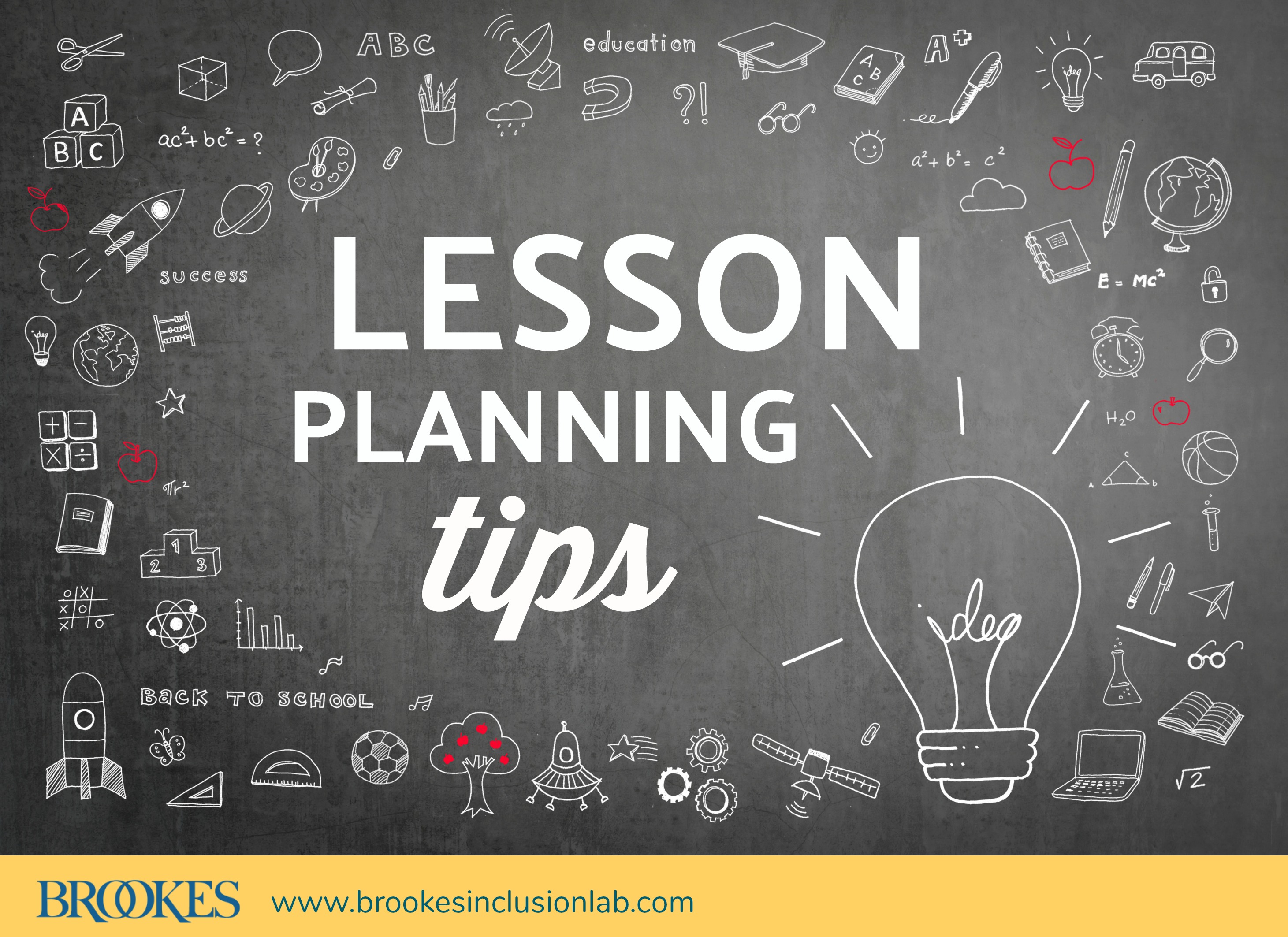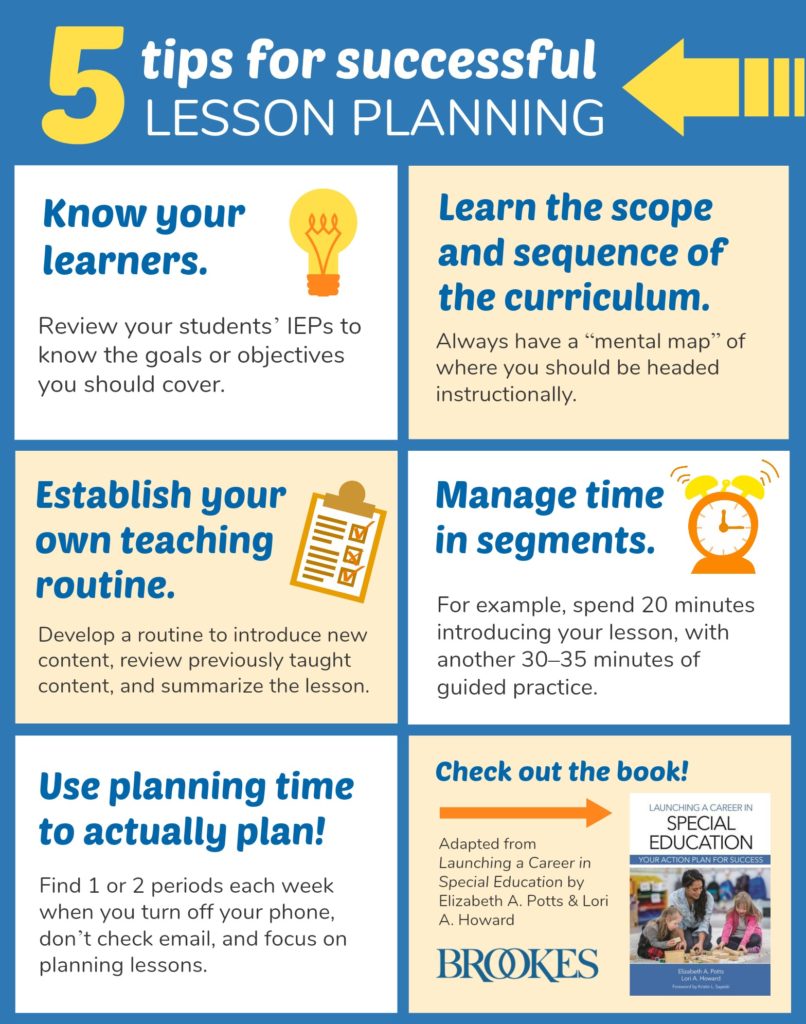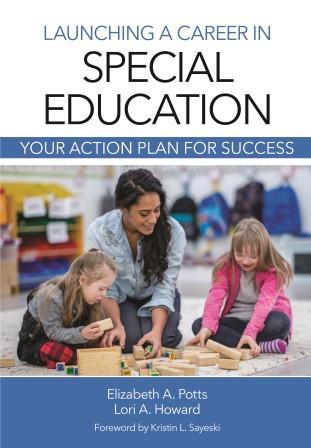5 Tips for Successful Lesson Planning
October 22, 2019
How’s your school year going so far? If you’re a new teacher, you might be feeling overwhelmed by the challenges of the classroom—maybe you’re struggling with how much there is to juggle, or maybe lesson planning is tougher than you hoped it would be. (Leave a comment below with your biggest classroom challenge—as we look ahead to 2020, we want to know what topics are most important to you!)
If the lesson planning process is something you wish you had a better handle on, today’s post is for you. We’re sharing five overarching guidelines for successful lesson planning, excerpted from Launching a Career in Special Education by Elizabeth A. Potts & Lori A. Howard. Though these tips are geared toward special educators, they’re also helpful strategies any teacher can follow. Make sure you’re doing all five of these things before the second half of the school year starts (and let us know if you’d like a more in-depth post on any of these individual guidelines).
 Know your learners.
Know your learners.
Make sure to review individualized education programs (IEPs) to know the goals or objectives that should be covered. Know if the students need assistive technology or specific accommodations. Once you’re familiar with your learners, you will have an easier time planning how to engage them in a lesson.
Take the time to learn the scope and sequence of the curriculum.
No matter what subject you are teaching (reading, science, math, life skills), there will be a plan that details what content should be covered. Some states and districts have guidelines on where you should be in the curriculum throughout the school year. Having this “mental map” of where you should be headed instructionally can help you plan more effective lessons more quickly. Make sure to use any resources that are available to you regarding the scope or sequence of the curriculum.
 Establish your own teaching routine.
Establish your own teaching routine.
Every teacher should develop a routine to introduce new content, review previously taught content, and summarize the lesson at the end. Once you have figured out what works best for you, use this system when you plan your instruction.
Manage your instructional time in segments.
Depending on how long each instructional period is (60 minutes, 90 minutes), you can “chunk” the time into segments (maybe 15 or 20 minutes). You then know that you will spend 20 minutes introducing your lesson, with another 30–35 minutes of guided practice in each lesson. By thinking of your instruction in time periods, you can also make sure that you are managing your time well when teaching your lesson.
 Use your planning time to actually plan!
Use your planning time to actually plan!
This is one of those “duhs” of teaching. Teachers have many competing priorities and often use their planning time to address IEPs, parental concerns, and communication with other teachers. Although some of this is inevitable, try to find 1 or 2 periods each week when you turn off your phone, do not check email, and simply focus on planning lessons. Practice self-discipline, and stay focused on completing your planning. Make this a priority.
For an easy reminder of these rules of thumb, we’ve made a graphic for you:

And for more guidance on navigating your first years in the classroom, check out the book:
 Launching a Career in Special Education
Launching a Career in Special Education
Planning for Success
By Elizabeth A. Potts, Ph.D., & Lori A. Howard, Ph.D.
Developed by two special education experts with decades of experience, this book gives you a complete action plan for on-the-job success—from managing everyday details like paperwork and classroom routines to mastering big-picture strategies for behavior management, collaboration, and assessment.




Write a Comment
Your email address will not be published. Required fields are marked *
Post a Comment